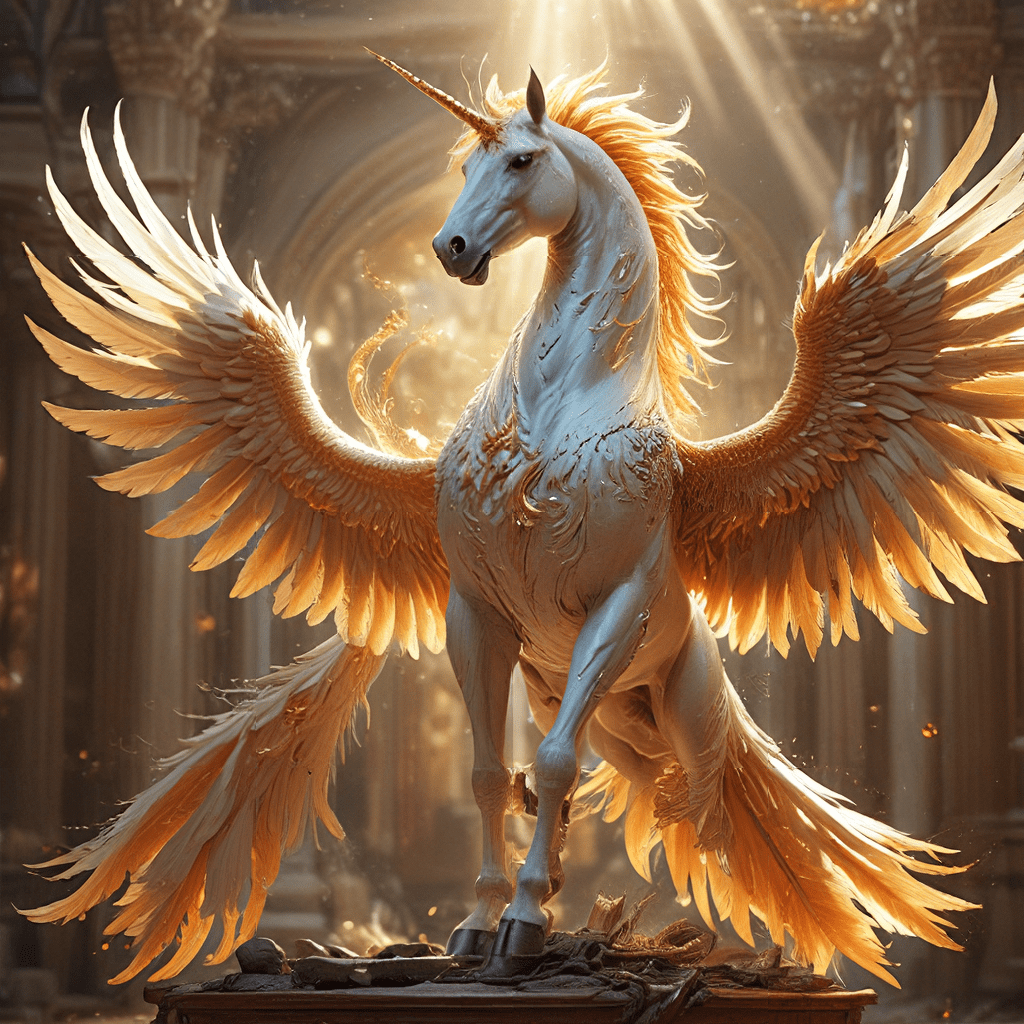Beyond the Serpent: Unveiling the Human Side of Lamia in Classical Literature
I. Introduction
Lamia, a figure from classical mythology, has captivated audiences for centuries with her haunting tale of beauty, loss, and transformation. Originally depicted as a monstrous serpent-woman, Lamia embodies the complexities of desire and danger, making her a compelling subject for exploration. The significance of the serpent motif in her story serves as a powerful symbol of the duality of her character, oscillating between predator and prey. This article aims to delve into the human aspects of Lamia, uncovering her emotional depth and the factors that shape her identity in classical literature.
II. Historical Context of Lamia in Classical Texts
The origins of Lamia can be traced back to ancient Greek mythology, where she is often portrayed as a child-stealing monster. Her story varies significantly across sources, evolving from a tragic figure to a symbol of female rage and vengeance. In some accounts, she is said to be a beautiful queen who falls victim to the whims of the gods, while in others, she is depicted as a cruel and vengeful being.
Throughout history, Lamia has been depicted in various forms of art and literature. Early representations emphasize her monstrous qualities, while later interpretations begin to explore the emotional turmoil behind her actions. This evolution reflects changing societal attitudes toward women, desire, and power.
III. The Serpent Symbolism: From Monster to Metaphor
The serpent motif in Lamia’s story serves as a powerful symbol of danger and desire. The serpent, often associated with temptation, embodies the seductive yet perilous nature of Lamia’s character. As her narrative unfolds, Lamia transforms from a mere monster into a complex figure, struggling with her desires and the repercussions of her actions.
This duality is evident in her portrayal as both predator and victim. On one hand, she preys upon unsuspecting lovers, driven by jealousy and rage. On the other hand, she is a victim of circumstances beyond her control, driven to monstrous behavior by the pain of loss. This complexity invites readers to empathize with her plight, challenging the traditional binary of good versus evil.
IV. Lamia in Key Classical Works
Lamia’s portrayal varies across key classical works, providing different perspectives on her character. In Ovid’s “Metamorphoses,” she is depicted as a tragic figure, cursed by the gods and transformed into a monster as punishment for her beauty and maternal instincts. This portrayal emphasizes her vulnerability and the unjust nature of her fate.
In Apollonius of Rhodes’ “Argonautica,” Lamia is shown as a more malevolent figure, using her beauty to lure sailors to their doom. This depiction highlights her predatory instincts but also reflects the themes of betrayal and the consequences of desire.
- Ovid’s “Metamorphoses”: A tragic narrative emphasizing her loss and transformation.
- Apollonius of Rhodes’ “Argonautica”: A portrayal of Lamia’s seductive and dangerous nature.
- Other notable references: Various poets and playwrights have also referenced Lamia, each adding layers to her character.
V. Psychological Dimensions of Lamia
The psychological aspects of Lamia’s character are deeply intertwined with themes of jealousy and loss. Lamia’s transformation into a monster is often attributed to her intense feelings of betrayal and grief after losing her children. These emotions manifest as rage, driving her to seek vengeance against those who wrong her.
Moreover, Lamia represents a powerful figure of female rage and empowerment. Her story resonates with modern audiences, as it reflects the struggles women face in asserting their identities and desires within a patriarchal society. The exploration of her identity and transformation invites a deeper understanding of the complexities of female experience in a world that often reduces women to mere archetypes.
VI. Lamia’s Relationships with Other Characters
Lamia’s interactions with men significantly shape her narrative and highlight the implications of love and betrayal. Often depicted as a seductress, her relationships are fraught with tension and conflict. The men in her life either fall victim to her desires or betray her trust, reinforcing the cyclical nature of her pain.
In comparing Lamia to other mythological figures such as Medusa and Circe, parallels emerge in their experiences of betrayal and transformation. Like Medusa, Lamia embodies the consequences of male desire and the resultant rage. Similarly, Circe’s story of transformation from witch to lover echoes the themes of empowerment and vengeance found in Lamia’s narrative.
VII. Modern Interpretations and Adaptations
Contemporary literature and media have reinterpreted Lamia’s story, often highlighting her as a symbol of female empowerment and agency. Modern adaptations explore her character through various lenses, emphasizing her emotional depth and the societal constraints placed upon women.
The relevance of Lamia’s character in modern discussions of femininity and power is significant, as she embodies the struggles of women reclaiming their narratives in the face of patriarchal oppression. Artistic representations, whether in literature, visual arts, or performance, continue to impact Lamia’s legacy, transforming her from a mere monster into a complex figure of resilience and strength.
VIII. Conclusion
Through this exploration of Lamia, we gain insights into her human side and the emotional complexities that define her character. By examining mythological figures beyond their stereotypes, we uncover the rich narratives that reflect the human experience. Lamia’s enduring significance in literature and culture lies in her ability to resonate with themes of desire, loss, and empowerment, making her a timeless figure whose story continues to evoke discussion and interpretation.



